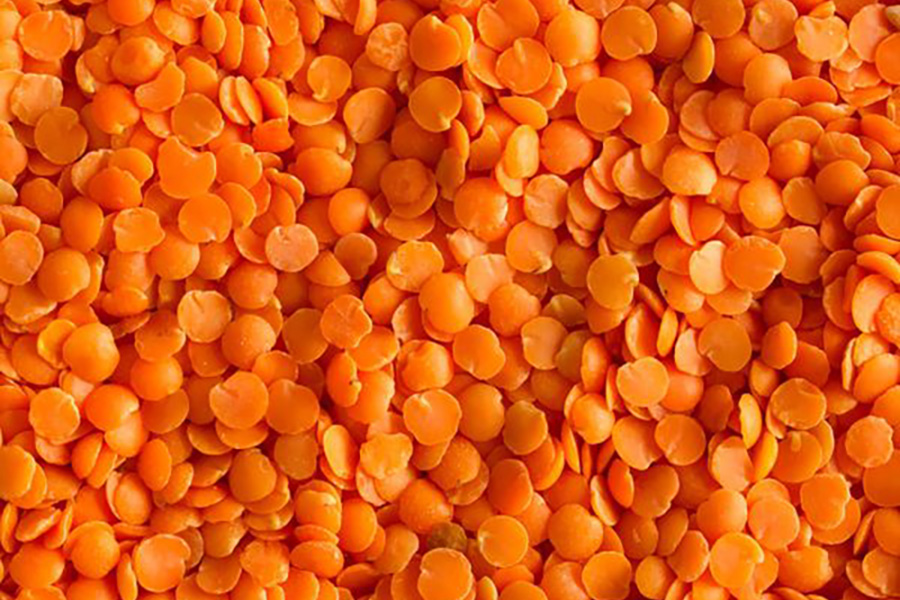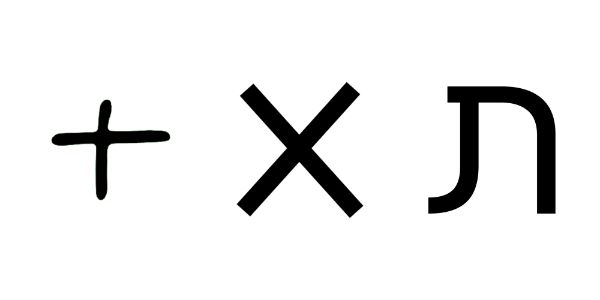The word tauarat (𐤕𐤅𐤓𐤕) or tauarah (𐤕𐤅𐤓𐤄) means “law” meaning the principles and regulations established in a community by some authority and applicable to its people, whether in the form of legislation or of custom and policies recognized and enforced by judicial decision.
The Paleo-Hebrew language or the original language of the Ābarayam is one spoken with an emphasis on the rauakh (breath, wind, spirit). With the language of the Ābarayam, each letter has a meaning and a number associated with it that adds meaning to each word they’re used with. Below you will be able to learn more about the letter in Ancient Hebrew, Yiddish Hebrew, Greek, and much more.
Letter Meanings
| Letter | Meaning |
|---|---|
| 𐤕 (t) – ta | mark, sign, covenant, signature, identification of people, places, or things |
| 𐤅 (u) – ua [ýa] | and, nail, tent peg, hook, to secure, connect, Messiah |
| 𐤓 (r) – ra | head and person, man, beginning, top, rule, inheritance, possession |
| 𐤕 (t) – ta | mark, sign, covenant, signature, identification of people, places, or things Suffix: turns a word into the feminine counterpart of a masculine word. |
| Ābarayat Number | 1006 = 400 (t) + 6 (u) + 200 (r) + 400 (t) |
| Hebrew Gematria | |
| English Gematria | |
| Simple Gematria |
Based on the meaning of the letters the word could be defined as:
- “A sign and beginning of a covenant”
- “A sign of connection of inheritance of a covenant”
- “Identification of people of Messiah of inheritance of covenant”
Definitions for 𐤕𐤅𐤓𐤕 / tauarat
| Language | Word | Transliteration | Pronunciation | Definition |
|---|---|---|---|---|
| Ābarayat | 𐤕𐤅𐤓𐤕 | tauarat | too-rat | direction, instruction, law, bullock, ox |
| English | law | law | law | the principles and regulations established in a community by some authority and applicable to its people, whether in the form of legislation or of custom and policies recognized and enforced by judicial decision. |
| Hebrew | תּוֹרָה | torah | to-raw' | direction, instruction, law |
| Arabic | ||||
| Greek |
Images for 𐤕𐤅𐤓𐤕 / tauarat


Tauarat (𐤕𐤅𐤓𐤕) or Tauarah (𐤕𐤅𐤓𐤄)
In the Masoretic version of the scriptures, the word is written as תוֹרֹתָֽ (torat) but scholars transliterate it to be Torah. This could be a mistransliteration or errors created with the 𐤕 (tau) and 𐤄 (haa) being switched as we have seen with other words.
𐤕𐤅𐤓𐤕 (tauarat) should not be confused with the word 𐤕𐤓𐤅𐤕 (tarauat), which has similar letters with two letters flipped. 𐤕𐤅𐤓𐤕 (tauarat) is our ancestral laws and teachings given to us while 𐤕𐤓𐤅𐤕 (tarauat) is a pack of playing cards used for readings.
Tauarah (𐤕𐤅𐤓𐤄) aka Tōrā (תּוֹרָה)
The Torah (Biblical Hebrew: תּוֹרָה Tōrā, “Instruction”, “Teaching” or “Law”) is the compilation of the first five books of the Hebrew Bible, namely the books of Genesis, Exodus, Leviticus, Numbers, and Deuteronomy. It is known as the Pentateuch or the Five Books of Moses by Christians. It is also known as the Written Torah (תּוֹרָה שֶׁבִּכְתָב, Tōrā šebbīḵṯāv) in Jewish tradition. If meant for liturgic purposes, it takes the form of a Torah scroll (Sefer Torah). If in bound book form, it is called Chumash and is usually printed with the rabbinic commentaries (perushim).
The word 𐤕𐤅𐤓𐤄 (taurah) does translate to mean law but holds no descendant meanings when adding 𐤉- (-y), 𐤉𐤌- (-yam), and 𐤉𐤕- (-yat) to it.
Tauarat (𐤕𐤅𐤓𐤕) aka Tawrat (توراة)
The Tawrat (Arabic: توراة), also romanized as Tawrah or Taurat, is the Arabic-language name for the Torah within its context as an Islamic holy book believed by Muslims to have been given by God to the prophets and messengers amongst the Children of Israel. In the Qur’an, the word ‘Tawrat’ occurs eighteen times. When referring to traditions from the Tawrat, Muslims have not only identified it with the Pentateuch (the five books of Moses), but also with the other books of the Hebrew Bible as well as with Talmudic and Midrashim writings.
The word 𐤕𐤅𐤓𐤕 (taurat) does translate to mean theory and holds descendant meanings when adding 𐤉- (-y), 𐤉𐤌- (-yam), and 𐤉𐤕- (-yat) to it.
Definitions for 𐤕𐤅𐤓𐤕𐤉 / tauaratay
When adding the 𐤉 (yad) to the end of a word, it creates a possessive of the original word. It can either signify “my…” or identify a member of a nation. For example, 𐤏𐤁𐤓 (Ābar) is the progenitor, but 𐤏𐤁𐤓𐤉 (Ābaray) is the singular descendant of him also known as a Hebrew.
| Language | Word | Transliteration | Pronunciation | Definition |
|---|---|---|---|---|
| Ābarayat | 𐤕𐤅𐤓𐤕𐤉 | tauaratay | too-ratey | |
| English | ||||
| Hebrew | ||||
| Arabic | ||||
| Greek |
Images for 𐤕𐤅𐤓𐤕𐤉 / tauaratay


Definitions for 𐤕𐤅𐤓𐤕𐤉𐤌 / tauaratayam
When adding the 𐤌 (mayam) after the 𐤉 (yad) to the end of a word, it creates a plural of the original word. It can identify multiple members of a nation. For example, 𐤏𐤁𐤓 (Ābar) is the progenitor, but 𐤏𐤁𐤓𐤉𐤌 (Ābarayam) are the plural descendants of him also known as Hebrews.
| Language | Word | Transliteration | Pronunciation | Definition |
|---|---|---|---|---|
| Ābarayat | 𐤕𐤅𐤓𐤕𐤉𐤌 | tauaratayam | too-rata-yawm | teachings |
| English | teachings | teachings | tee-ching | the act or profession of a person who teaches. |
| Hebrew | ||||
| Arabic | ||||
| Greek |
Images for 𐤕𐤅𐤓𐤕𐤉𐤌 / tauaratayam


Definitions for 𐤕𐤅𐤓𐤕𐤉𐤕 / tauaratayat
When adding the 𐤕 (tau) after the 𐤉 (yad) to the end of a word, it creates a plural of the original word. It identifies the language or a sign of a nation’s existence. For example, 𐤏𐤁𐤓 (Ābar) is the progenitor, but 𐤏𐤁𐤓𐤉𐤕 (Ābarayat) is the language of him also known as Paleo-Hebrew language.
| Language | Word | Transliteration | Pronunciation | Definition |
|---|---|---|---|---|
| Ābarayat | 𐤕𐤅𐤓𐤕𐤉𐤕 | tauaratayat | too-rata-yawt | Torah |
| English | Torah | Torah | toh-ruh | the Pentateuch, being the first of the three Jewish divisions of the Old Testament. |
| Hebrew | ||||
| Arabic | ||||
| Greek |
Images for 𐤕𐤅𐤓𐤕𐤉𐤕 / tauaratayat


Classification
You can continue your studies of the words by viewing Strong’s entries for:




